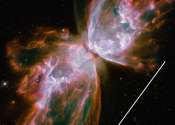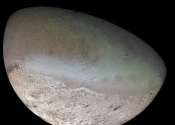Ultraviolet shines light on origins of the solar system
In the search to discover the origins of our solar system, an international team of researchers, including planetary scientist and cosmochemist James Lyons of Arizona State University, has compared the composition of the ...









